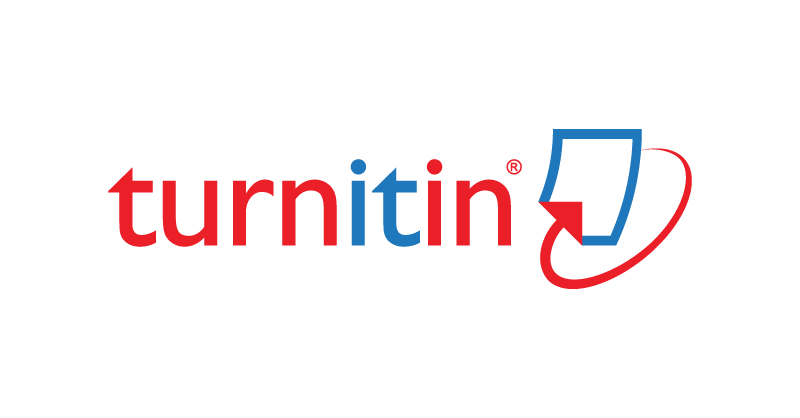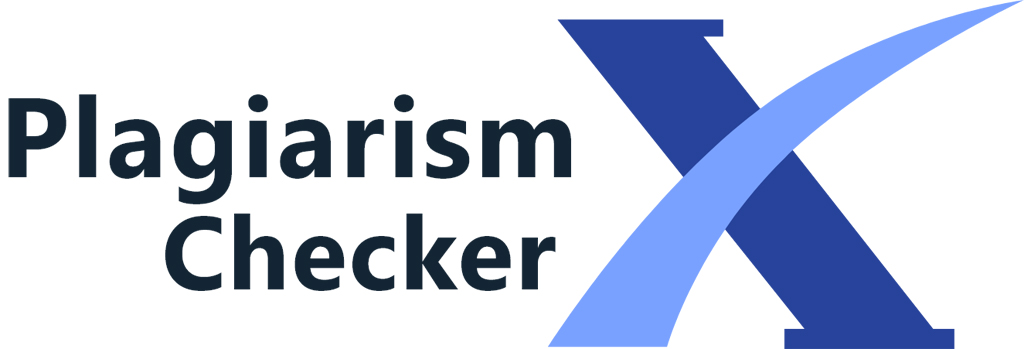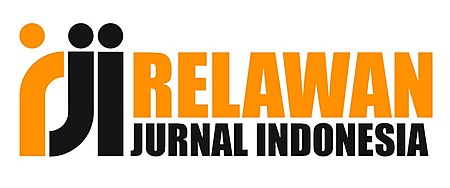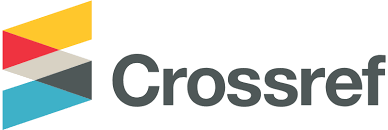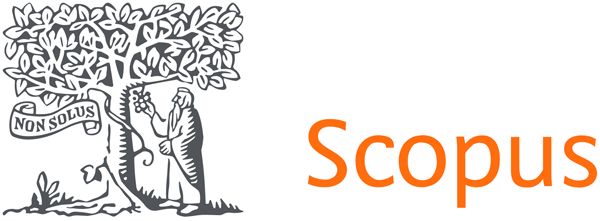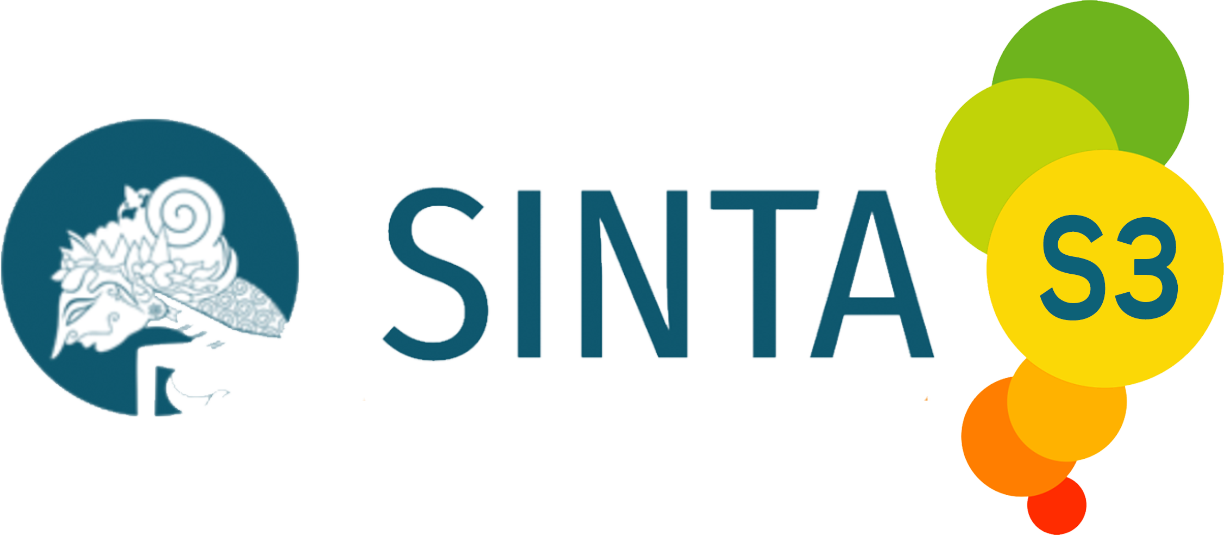Automated Waste Classification Using YOLOv11 A Deep Learning Approach for Sustainable Recycling
Abstract
The rapid increase in waste generation due to urbanization and population growth has necessitated more efficient waste management solutions. Traditional waste sorting methods rely on manual labor, which is time-consuming, error-prone, and inefficient at large scales. This paper proposes an automated waste classification system using YOLOv11, the latest iteration of the YOLO family, which is known for its high speed and accuracy in object detection. By leveraging a custom dataset containing 10,464 labeled waste images from various categories—such as biodegradable, plastic, metal, paper, and glass—this study trains and evaluates a deep learning model capable of real-time waste identification and categorization. Experimental results demonstrate that YOLOv11 achieves high detection accuracy, with an overall classification accuracy of 94% and a mean average precision (mAP) exceeding previous methods. The model effectively differentiates between various waste types, though some misclassifications occur, particularly between visually similar materials like transparent plastic and glass. Performance metrics, including precision and recall, indicate the robustness of the proposed system in real-world applications. This research highlights the potential of YOLOv11 for integration into smart waste management systems, such as automated sorting machines and AI-powered recycling bins, to enhance efficiency and reduce environmental impact. Future work will focus on optimizing model performance by incorporating additional training data, applying advanced image augmentation techniques, and exploring hybrid approaches such as texture analysis and spectral imaging to improve classification accuracy. The implementation of this technology is expected to streamline waste recycling processes, minimize contamination in recyclable materials, and contribute to sustainable waste management practices.
References
Afrianty, I., Nasien, D., & Haron, H. (2022). Performance Analysis of Support Vector Machine in Sex Classification of The Sacrum Bone in Forensic Anthropology. Jurnal Teknik Informatika, 15(1), 63-72.
Ali, M. L., & Zhang, Z. (2024). The YOLO framework: A comprehensive review of evolution, applications, and benchmarks in object detection. Computers, 13(12), 336.
Alif, M. A. R. (2024). Yolov11 for vehicle detection: Advancements, performance, and applications in intelligent transportation systems. arXiv preprint arXiv:2410.22898.
Banduka, N., Tomić, K., Živadinović, J., & Mladineo, M. (2024). Automated Dual-Side Leather Defect Detection and Classification Using YOLOv11: A Case Study in the Finished Leather Industry. Processes, 12(12), 2892.
Das, A., Sayma, J., Barman, A. N., & Hasan, K. A. (2024). Application of YOLOv11 Classification for Efficient Waste Segmentation in Australia’s Recycling Facilities. Situations, 7, 9.
Elef, T., Khestin, A., Ugur, D., Ai, X., Alhassan, T., Chen, Y., Issah, M., & Peiyu, Y. (2025). Bird Detection Using Yolov11.
Ghahremani, A., Adams, S. D., Norton, M., Khoo, S. Y., & Kouzani, A. Z. (2025). Detecting Defects in Solar Panels Using the YOLO v10 and v11 Algorithms. Electronics, 14(2), 344.
He, L., Zhou, Y., Liu, L., & Ma, J. (2024). Research and Application of YOLOv11-Based Object Segmentation in Intelligent Recognition at Construction Sites. Buildings, 14(12), 3777.
He, Z., Wang, K., Fang, T., Su, L., Chen, R., & Fei, X. (2024). Comprehensive Performance Evaluation of YOLOv11, YOLOv10, YOLOv9, YOLOv8 and YOLOv5 on Object Detection of Power Equipment. arXiv preprint arXiv:2411.18871.
Hermosilla, G., Villavicencio, G., Cocca-Guardia, G., Aprigliano, V., Silva, M., Quezada, J. C., Breul, P., Vinicius Minatogawa, & Morales, J. (2025). Simplified Physical Stability Assessment of Chilean Mine Waste Storage Facilities Using GIS and AI: Application in the Antofagasta Region. IEEE Access, 13, 14453–14470. https://doi.org/10.1109/access.2025.3530856
Khanam, R., & Hussain, M. (2024). Yolov11: An overview of the key architectural enhancements. arXiv preprint arXiv:2410.17725.
Khanam, R., Asghar, T., & Hussain, M. (2025). Comparative Performance Evaluation of YOLOv5, YOLOv8, and YOLOv11 for Solar Panel Defect Detection. In Solar (Vol. 5, No. 1, p. 6). MDPI.
Mohamad, M. A., Hassan, H., Nasien, D., & Haron, H. (2015). A review on feature extraction and feature selection for handwritten character recognition. International Journal of Advanced Computer Science and Applications, 6(2).
Olawade, D. B., Fapohunda, O., Wada, O. Z., Usman, S. O., Ige, A. O., Ajisafe, O., & Oladapo, B. I. (2024). Smart waste management: A paradigm shift enabled by artificial intelligence. Waste Management Bulletin.
Pradana, A. I., Harsanto, H., & Wijiyanto, W. (2024). Deteksi Rambu Lalu Lintas Real-Time di Indonesia dengan Penerapan YOLOv11: Solusi Untuk Keamanan Berkendara. Jurnal Algoritma, 21(2), 145-155.
Samah, A. A., Nasien, D., Hashim, H., Sahar, J., Majid, H. A., Yusoff, Y., & Shah, Z. A. (2020, May). Application of deep learning method in facilitating the detection of breast cancer. In IOP Conference Series: Materials Science and Engineering (Vol. 864, No. 1, p. 012079). IOP Publishing.
Sapkota, R., Meng, Z., Churuvija, M., Du, X., Ma, Z., & Karkee, M. (2024). Comprehensive performance evaluation of yolo11, yolov10, yolov9 and yolov8 on detecting and counting fruitlet in complex orchard environments. arXiv preprint arXiv:2407.12040.
Sazak, H., & Kotan, M. (2024). Automated Blood Cell Detection and Classification in Microscopic Images Using YOLOv11 and Optimized Weights. Diagnostics, 15(1), 22.
Sesay, R. E. V., & Fang, P. (2025). Circular Economy in Municipal Solid Waste Management: Innovations and Challenges for Urban Sustainability. Journal of Environmental Protection, 16(2), 35-65.
Tall, M. M., Ngom, I., Sadio, O., Diagne, I., Coulibaly, A., & Ndiaye, M. (2024). Detection of Fish Species Captured by Artisanal Canoes Using YOLOv11. In 2024 International Conference on Intelligent Computing and Next Generation Networks (ICNGN) (pp. 1-5). IEEE.
Trigka, M., & Dritsas, E. (2025). A Comprehensive Survey of Machine Learning Techniques and Models for Object Detection. Sensors, 25(1), 214.
Vempati, R. T. (2024). Real-time detection and recognition of license plate using YOLO11 object detection model. Kansas State University.
Wei, W., Huang, Y., Zheng, J., Rao, Y., Wei, Y., Tan, X., & OuYang, H. (2025). YOLOv11-based multi-task learning for enhanced bone fracture detection and classification in X-ray images. Journal of Radiation Research and Applied Sciences, 18(1), 101309.
Copyright (c) 2025 Journal of Applied Business and Technology

This work is licensed under a Creative Commons Attribution-ShareAlike 4.0 International License.






